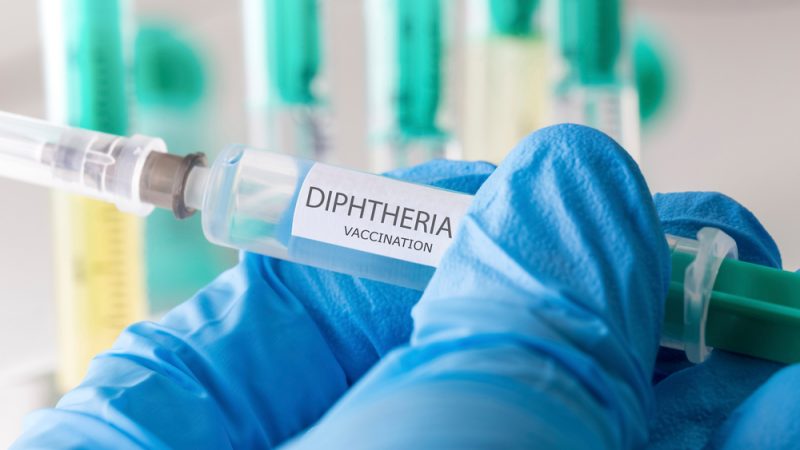Throughout the nineteenth century, Dr. Emile Roux and his contemporaries had been collaborating – and competing – to find treatments for the world's communicable diseases. In the modernist age, science and medicine had made significant leaps before Roux introduced a diphtheria vaccine on November 1, 1894. He was part of a Paris team working on a diphtheria vaccine for several years. In 1826, French physician Pierre Bretonneau identified the bacterium that causes diphtheria, kicking off a vaccine war between France and Germany.
The Race for a Vaccine
Geopolitics and lack of widespread long-distance travel kept most countries siloed within their own borders. Such was the case in France and Germany as European modernism played out. France had been a superpower for at least a century. Germany's tech and research abilities strengthened in the last half of the nineteenth century, making them an emergent superpower. In the decades after Bretonneau identified the Corynebacterium diphtheriae bacterium that causes diphtheria, French and German scientists began a race to find a vaccine. Which late nineteenth-century superpower would later accept the first Nobel prize in medicine? Germany's Emil von Behring.
Dr. Emile Roux’s Breakthrough
France and Germany had different ways of distributing vaccines. France developed the diphtheria vaccine and then promptly started giving it to sick patients for free. Germany developed and manufactured the vaccine as if it were their marketable property. The implication being sick people would need to pay for the vaccine for a disease that tends to pick out kids more than any other demographic group. Despite German efforts, Roux and his team collected data from 448 children who had been given the vaccine. Roux knew animal reactions to diphtheria in their blood produced vaccine antibodies, so they injected horses with natural immunities, then made the vaccine from horse blood. This new vaccine reduced the mortality of these children from 50 % and above down to 26%. After accounting for various independent variables, Roux realized they actually reduced mortality to 7.5 %.

